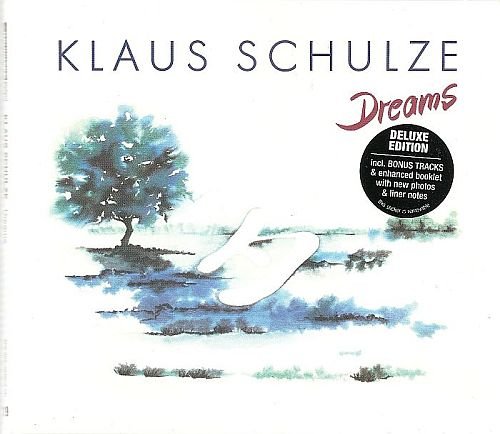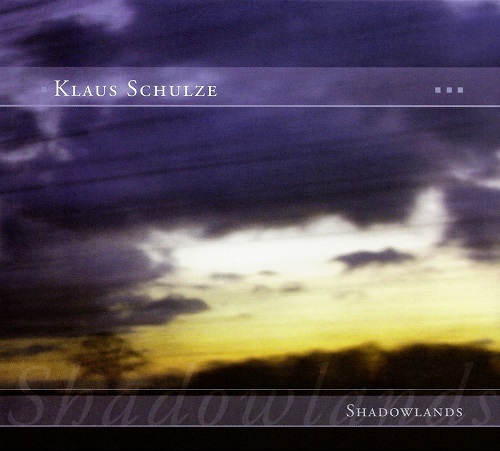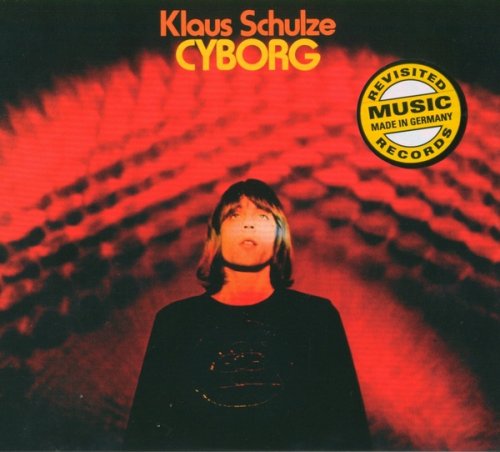Prince And The Revolution: 1984 Purple Rain - 3CD + DVD Set NPG Records 2017
Lossless Galaxy Release Prince And The Revolution: 1984 Purple Rain 3CD + DVD Set NPG Records 2017 Performer: Prince And The Revolution Box Set / Albums: 1984 Purple Rain (3CD + DVD Set NPG Records 2017) Info: NPG Records / Warner Bros. Records Special Deluxe Ultimate Collector's Edition Catalog Box: 547374-2 Catalog Discs: Made in EU (Disc Made In Mexico) Dynamic Range: CDs: 7 / 9 / 10 • BD: 10 Genre / Style: Pop / Rock / Pop Rock / Synth-Pop / Funk Released Year: Jun 23, 2017 Format: CD:
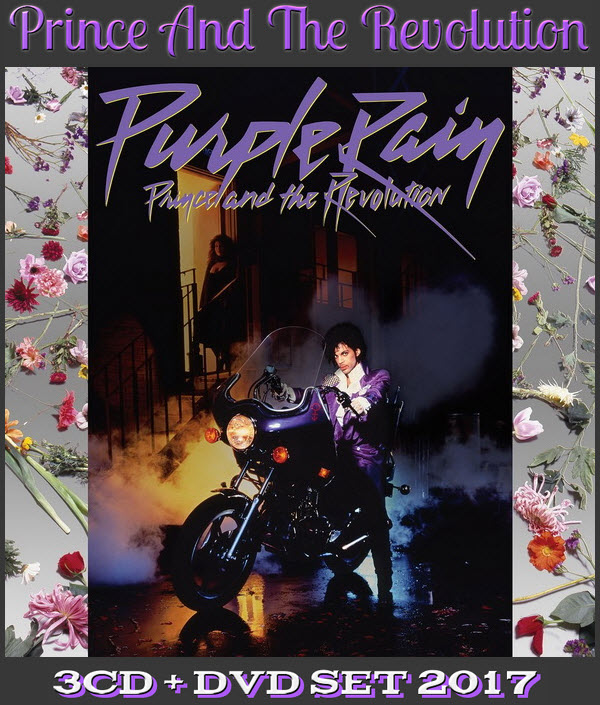
Prince And The Revolution: 1984 Purple Rain - 3CD + DVD Set NPG Records 2017
Lossless Galaxy Release Prince And The Revolution: 1984 Purple Rain 3CD + DVD Set NPG Records 2017 Performer: Prince And The Revolution Box Set / Albums: 1984 Purple Rain (3CD + DVD Set NPG Records 2017) Info: NPG Records / Warner Bros. Records Special Deluxe Ultimate Collector's Edition Catalog Box: 547374-2 Catalog Discs: Made in EU (Disc Made In Mexico) Dynamic Range: CDs: 7 / 9 / 10 • BD: 10 Genre / Style: Pop / Rock / Pop Rock / Synth-Pop / Funk Released Year: Jun 23, 2017 Format: CD:
19 10, 2025
Wet Wet Wet: 1987 Popped In Souled Out - 5-Disc Box Set Virgin EMI 2017
Lossless Galaxy Release Wet Wet Wet: 1987 Popped In Souled Out 4CD + DVD Box Set Virgin EMI Records 2017 Performer: Wet Wet Wet Box Set / Albums: 1987 Popped In Souled Out (5-Disc Box Set Virgin EMI Records 2017) Info: Virgin EMI Records / Universal Music CD / DVD / 30th Anniversary Deluxe Edition Catalog Box: 5760569 (00602557605693) Catalog Discs: 5760571 (00602557605716) • 5760573 (00602557605730) 5760574 (00602557605747) • 5760575 (00602557605754) 5760576 (00602557605761) Made In Czech
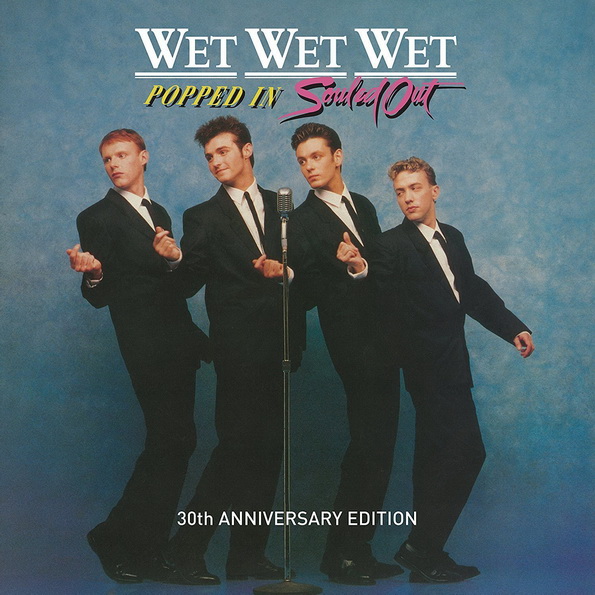
Wet Wet Wet: 1987 Popped In Souled Out - 5-Disc Box Set Virgin EMI 2017
Lossless Galaxy Release Wet Wet Wet: 1987 Popped In Souled Out 4CD + DVD Box Set Virgin EMI Records 2017 Performer: Wet Wet Wet Box Set / Albums: 1987 Popped In Souled Out (5-Disc Box Set Virgin EMI Records 2017) Info: Virgin EMI Records / Universal Music CD / DVD / 30th Anniversary Deluxe Edition Catalog Box: 5760569 (00602557605693) Catalog Discs: 5760571 (00602557605716) • 5760573 (00602557605730) 5760574 (00602557605747) • 5760575 (00602557605754) 5760576 (00602557605761) Made In Czech
18 10, 2025
MAGNUM «Discography» (24 × CD · Japan 1St Press · 1978-2024)
Performer: MAGNUM / ディスコグラフィー Album / collection: «Discography / ディスコグラフィー» Label: (c)(p) 1978-2024 Jet / Polydor / SPV Source: Rip by KoGGaN™ scans by inet… Official DR value: •13•11•12•12•11•13•14• •12•11•12•11•11•9•11•6/8•6•6•6•5/5•5•5•6• Catalog (Barcode): much… Genre / Style: Rock, Melodic Rock, AOR, Pomp Rock Year (info): 1978-2024 (24 × First Press CD, Collection—) Format: WV (image + .cue) Bitrate: lossless Covers: in archive Amount of tracks: 256 Total time: 20:46:11 Size RAR: ~ 11,51
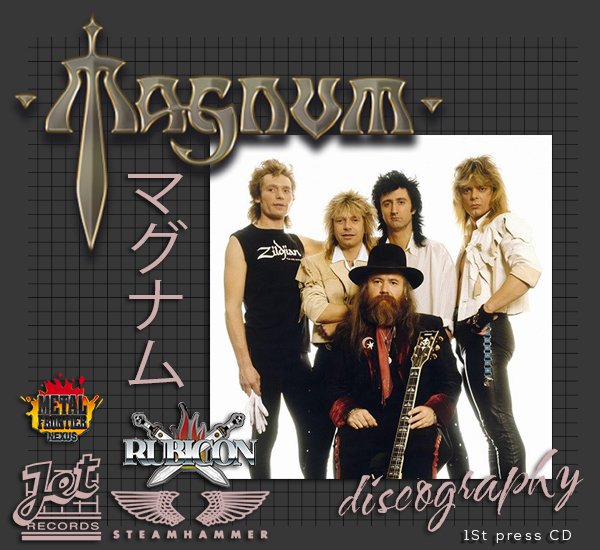
MAGNUM «Discography» (24 × CD · Japan 1St Press · 1978-2024)
Performer: MAGNUM / ディスコグラフィー Album / collection: «Discography / ディスコグラフィー» Label: (c)(p) 1978-2024 Jet / Polydor / SPV Source: Rip by KoGGaN™ scans by inet… Official DR value: •13•11•12•12•11•13•14• •12•11•12•11•11•9•11•6/8•6•6•6•5/5•5•5•6• Catalog (Barcode): much… Genre / Style: Rock, Melodic Rock, AOR, Pomp Rock Year (info): 1978-2024 (24 × First Press CD, Collection—) Format: WV (image + .cue) Bitrate: lossless Covers: in archive Amount of tracks: 256 Total time: 20:46:11 Size RAR: ~ 11,51
17 10, 2025
Жанры
Lossless Galaxy Release
Русская музыка
--Поп
--Рок
--Панк
--Альтернатива
--Металл
--Рэп, Хип-Хоп, R'n'B
--Джаз и Блюз
--Фолк
--Шансон, Авторская песня
--СССР
Зарубежная музыка
--Pop
--Rock
--Hard Rock
--Progressive & Art-Rock
--Pop-Rock & Soft Rock
--Instrumental Rock
--Heavy, Traditional, Industrial Metal
--Power, Gothic, Sympho Metal
--Thrash, Speed, Groove, Modern Metal
--Death, Melodic Death, Doom, Dark Metal
--Black, Pagan, Folk, Viking Metal
--Alternative
--Punk
--Disco, Eurodance
--Rap, Hip Hop, R'n'B
--Reggae, Ska, Dub
--Jazz, Blues, Soul
--Folk, Country, Ethnic
--Electronic, Ambient, New Wave
--House, Techno, Trance
Другие жанры
--New Age, Relax, Meditative & Flamenco
--Chillout, Lounge, Downtempo, Trip-Hop
--Drum & Bass, Jungle, Breakbeat, IDM
--Classical / Классическая музыка
--Soundtrack
--Музыкальные сказки
Vinyl Rip
HI-Res / DVD-Audio / DTS
--SACD
--DSD
--DVD-Audio
Сборники Lossless-Galaxy
Альбомы 2022
Альбомы 2023
Альбомы 2024
Теги
1st Press 2022 2023 2024 2025 70... AOR Black Metal Blues Blues Rock Bootleg Series Classic Rock Death Metal Discography Exclusive for Lossless-Galaxy Folk Rock Fusion Hard Rock Heavy Metal Hi-Res Japanese Edition Jazz Jazz Rock lossless Melodic Death Metal Melodic Rock Modern Electric Blues Pop Pop Rock Power Metal Prog Rock Progressive Metal Progressive Rock Psych Rock Psychedelic Rock Rock SACD Symphonic Metal Thrash Metal Дискографии от KoGGaN
Архивы
Опрос
В каком формате хотели бы видеть релизы на сайте ?
 Автор: LeddZepp, 3 апреля 2023, Комментариев: 0, Просмотров: 610
Автор: LeddZepp, 3 апреля 2023, Комментариев: 0, Просмотров: 610Klaus Schulze - Timewind (2xCD) (1975)
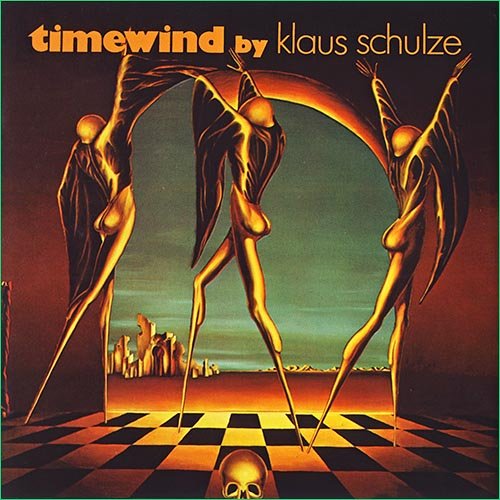
Year: August 1975 (CD 2006)
Label: Revisited Records (Germany), SPV 305492 DCD
Style: Electronic, Ambient, Space Music
Country: Berlin, Allied-occupied Germany (4 August 1947)
Time: 59:10, 56:29
Format: Flac Tracks 16/44,1 kHz
Size: 372, 361 Mb
Экс-барабанщик, превратившийся в маэстро электронной музыки говорит, что его музыку нужно рассматривать, как связь между мертвыми машинами и живыми людьми. Неплохая связь, и она дала свету интересные звуки, представленные на его последнем альбоме. Утверждение, что эти звуки являются музыкой спорно, и мне стало интересно, что Richard Wagner, которому посвящен альбом, подумал бы о нем. Что касается самих звуков, они навязчивы и довольно интересны. Первая часть, в частности, порождает тяжелое, медленно фокусирующееся напряжение, которое демонстрирует нам очевидный талант Schulze в области электроники, и заканчивается на разрушительной ноте. Конечно, это больше чем просто обычная музыка для настроения... Это похоже на сосредоточенный на самом себе загадочный мир, мир, в котором все время существует опасность, что только музыкант знает, что он делает и почему. Возможно, именно этого Schulze и хочет достигнуть.
(John Sivyer).
Первый сольный альбом Клауса, на котором используется секвенсор. Названия и первого, и второго треков имеют отношение к немецкому композитору Рихарду Вагнеру. Байройт - город в Баварии, где композитор построил оперный театр специально для представления своего главного произведения - "Кольца Нибелунгов". Wahnfried - название личной виллы Вагнера, где он был похоронен, а также псевдоним (нем. Richard Wahnfried) самого Шульце.
(ru.wikipedia.org/wiki/Timewind)
01. Bayreuth Return (30:32)
02. Wahnfried 1883 (28:38)
01. Echoes of Time (38:48)
02. Solar Wind (12:44)
03. Windy Times (04:57)




При желании можно посмотреть все мои публикации на сайте. Приятного прослушивания. Жмём и смотрим (Click to see all of my posts)!
Внимание! У Вас нет прав для просмотра скрытого текста.
Похожие новости:
Комментарии отсутствуют
Добавить комментарий!
Информация
Посетители, находящиеся в группе Гости, не могут оставлять комментарии к данной публикации.


